With space at a premium on a 1/3 of an acre lot, and the challenges of trying to blend productive garden area and aesthetics, Hugelkultur beds made a lot of sense for our backyard. This is a look back at the first year with our Hugelkultur Beds.
First off these aren’t traditional Hugelkultur Beds, they lack the distinctive high mounds that are found in traditional Hugelkultur. These are more of a hybrid raised bed/hugelkultur attempt. The initial building off these beds can be found in a earlier post Raised Beds with a Twist.
Our Experience
- These beds needed an enormous amount of water compared to our more traditional raised beds in the other garden. I’m attributing this to the wood taking up volume in the bed, and it not being a state where it can yet absorb an appreciable amount of water.
- Staking taller plants took an increased amount of effort as the wood was difficult to get through.
- Summer Squash plants did very poor in these beds. I’m not ready to chalk this up to the beds as we had a real Squash Bug problem this year, but it is something I’ll have to keep an eye on. On the flip side of this Tomatoes went bonkers in this set-up. Again I figure it needs another year or so before I can chalk either of these up to the beds themselves, but the yields were noticeable enough to mention.
- Except for Squash Bugs, insects were not an issue. Burying that much wood had me worried as some of it was pretty nasty, and home to all sorts of critters, but the gardens remained relatively bug free.
- I went to great lengths to add Nitrogen to the soil. Bone Meal was carefully raked in several times over the season and the beds were put to rest with more Bone Meal and a good mulching. I’ve read that until hugelkultur is established the wood can act as a Nitrogen sink, so in the interest of healthy plants I kept the Nitrogen levels high.
We are going to consider these beds as a success so far. We will continue to watch the water needed, and the requirement for additional Nitrogen. We are hoping that these beds will mature inside of 2 more seasons, and we will be able to reap the main Hugelkutur benefits of decreased water and fertilizer needs. That pretty much sums up the first year with our Hugelkultur beds.
Further Reading
Sepp Holzer is one of the leading advocates of Hugelkultur and other Permaculture principles. Check out his book on Amazon.
Affiliate Disclosure: I am grateful to be of service and bring you content free of charge. In order to do this, please note that when you click links and purchase items, in most (not all) cases I will receive a referral commission. Your support in purchasing through these links enables me to keep the content train rolling

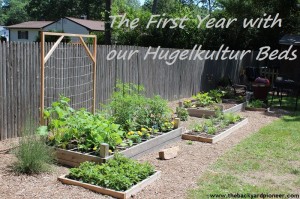

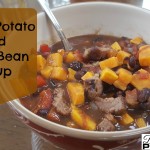
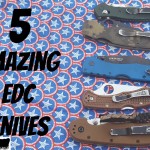

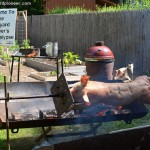
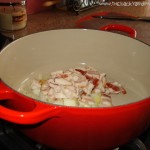
At the end of the season for the last 4 years, I have vowed I am not going to even plant summer squash. Each spring I’ve resolved that a stinkin’ bug isn’t going to get the best of me! I’m already feeling weary over them but I will give it another try.
I created my hugel beds the same way and, for the most part, had similar, poor first year results. Subsequent years, however, are going much better. In my eastern Washington location I have very sandy dirt (hard pressed to call it “soil” yet) and I came to the same conclusion that you did, the wood wasn’t yet rotted enough to hold water and allow the plant roots to penetrate.
The last bed I built with a mix of newer wood chunks and wood that fell apart when I dropped it. That produced better first year results, so if you have more to build… And, as for the various critters inhabiting the wood, the ones I looked up online all like the decaying wood and vegetable matter, so they didn’t bother my living plants.
This year should be much better for you.
Thanks for the input, John! I’m glad to hear there is a light at the end of the tunnel.
Your tomatoes produced so well because of the bone meal you added. tomatoes require a lot of calcium to grow well. I save my egg shells and crush them up and add them to the soil where I plant tomatoes.
Kevin, thanks for reading and the comment! I’ll be adding bone meal to all of my tomatoes from now on.
You’re welcome!
Check out this article:
http://www.thisorganicprocess.com/gardening/adding-calcium-tomato-plants-step-step-guide-gardening/